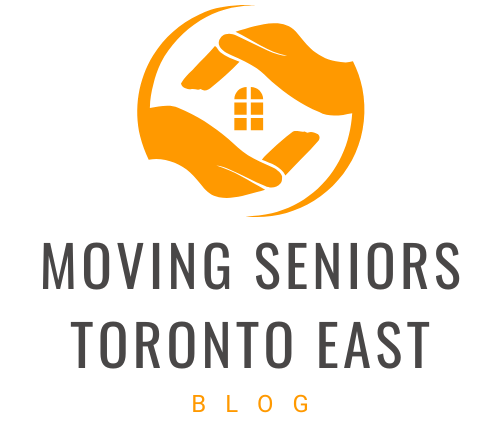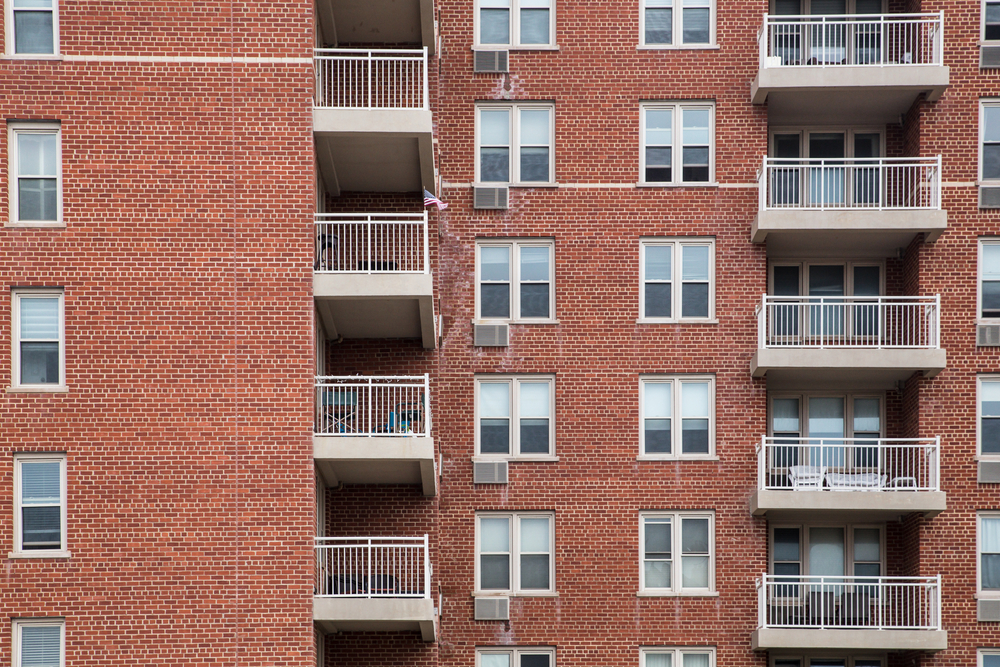As you prepare for retirement, you may be thinking about moving to a retirement community. This is a big decision that requires careful planning and consideration. With so many options available, it can be overwhelming to know where to start. In this article, we will discuss the key factors to consider when planning your retirement community moving experience.

Finding the Right Retirement Community
The first step in planning for retirement community moving is to find the right community for you. Factors to consider may include location, housing options, amenities, and services offered. Researching online is a great starting point, but it is also important to visit the community in person and take a tour. This will allow you to get a feel for the community and see if it meets your needs and preferences.
Costs and Finances
Another important factor to consider when planning your retirement community moving experience is the cost. The cost of living in a retirement community can vary greatly depending on numerous factors, including location and level of care needed. It is important to understand all of the costs involved, including monthly fees, upfront fees, and any additional costs for services and care. Consulting with a financial advisor can help you determine your budget and plan for the future.
Health Care and Services
One key advantage of living in a retirement community is the availability of long term care services and assistance. Depending on the community, there may be on-site medical staff, wellness programs, and assistance with activities of daily living. It is important to understand the level of care and services offered by the community and determine if they meet your current and future needs.
Social Opportunities
Living in a retirement community can provide ample opportunities for social interactions and activities. Before choosing a community, consider the social opportunities available, such as community events, clubs, and classes. This can also be a great way to meet new people and build new friendships.
Moving and Downsizing
Once you have selected a retirement community, it is time to start planning for the move and downsizing itself. Depending on the size and location of your current home, downsizing may be necessary. This can be a difficult process, but it is important to start early and make a plan. Consider hiring a professional moving company that specializes in retirement community moving to make the process easier.
Preparing for the Transition
Moving to a retirement community is a major life transition that can be both exciting and overwhelming. It is important to prepare for this transition by staying organized and creating a plan. This may include making a list of what to bring, arranging for transportation, and preparing for any necessary paperwork or legal documents.
Retirement community moving can be a complex and emotional process, but it is also an opportunity to begin a new chapter in your life. By considering the factors discussed in this article, you can make an informed decision and prepare for a successful transition. Remember to take your time, plan carefully, and seek support from loved ones and professionals along the way.







